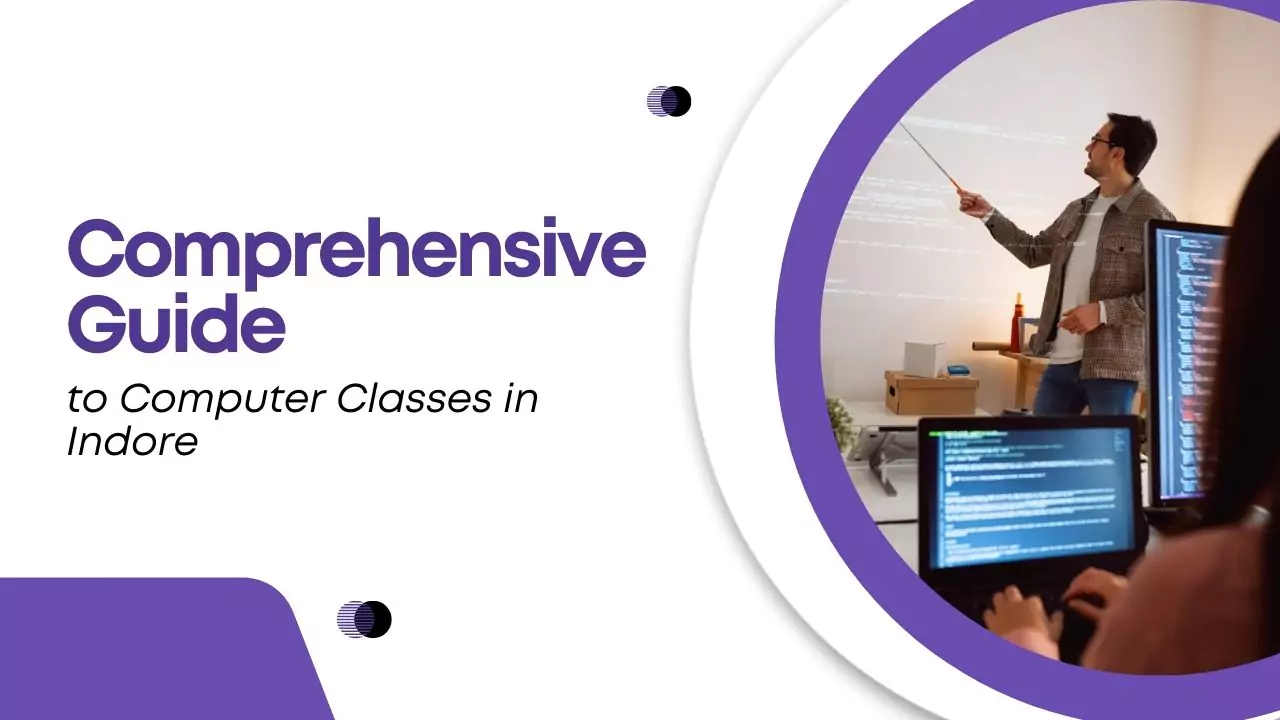In the digital age, businesses increasingly rely on web applications to deliver services, products, and experiences to their customers. As a result, the demand for full stack developers who can build both the front-end and back-end of these applications is skyrocketing. One of the most powerful languages for full stack development is Python, known for its versatility, simplicity, and vast library support. In this comprehensive guide, we’ll walk you through everything you need to become a full stack developer using Python, including front-end and back-end development, setting up your environment, and building your first project.
1. Introduction to Full Stack Development with Python
Full stack development refers to the ability to build both the client-side (front-end) and the server-side (back-end) of web applications. As a Python full stack developer, you’ll not only create what users interact with (HTML, CSS, JavaScript) but also manage the server, database, and the overall architecture.
Why Python?
Python is widely used in back-end development because of its readability, vast community support, and the powerful frameworks like Django and Flask that make building web apps efficient.

2. Setting Up Your Python Environment
Before diving into development, you need to set up a solid environment for coding.
Step-by-Step Guide:
- Download and Install Python: Head to the official Python website and download the latest version.
- Choose an IDE: Some popular options include VSCode, PyCharm, and Sublime Text.
- Install Frameworks: For full stack development, you’ll want to install either Django or Flask, depending on your needs.
- Django: A high-level framework that emphasizes rapid development.
- Flask: A micro-framework that’s lightweight and flexible.
3. Front-End Development for Full Stack Python Developers
The front end of a web application is what users see and interact with. Although Python is primarily used for the back end, understanding the basics of front-end technologies is crucial for a full stack developer.
Key Technologies to Learn:
- HTML5: The standard markup language for web pages.
- CSS3: For styling your web pages.
- JavaScript: Adding interactivity to your web pages.
- Bootstrap: A front-end framework that simplifies responsive design.

4. Back-End Development with Python and Django/Flask
As a full stack developer, Python will power your back end. This includes managing databases, handling requests, and serving web pages.
Django vs. Flask:
- Django: Best for complex applications with built-in tools for user authentication, database management, and more.
- Flask: Ideal for smaller applications where you need more control over your code.
What You’ll Learn:
- How to create routes and views in Django/Flask.
- Managing templates for rendering HTML pages.
- Implementing forms and handling user input.
5. API Development and Integration
APIs (Application Programming Interfaces) allow different systems to communicate with each other. As a full stack developer, integrating APIs into your application is a valuable skill.
What You’ll Learn:
- How to create a RESTful API using Django REST Framework.
- Consuming external APIs in your Python app.
- Testing your API endpoints using tools like Postman.
6. Managing Databases with Python
Databases store the data that powers web applications. As a full stack developer, you’ll need to know how to interact with both SQL and NoSQL databases.
Common Databases:
- MySQL: A relational database often paired with Django.
- MongoDB: A NoSQL database popular with Flask apps for storing JSON-like documents.
Key Skills:
- How to use Django ORM for database interactions.
- Writing raw SQL queries to manage data.
- Using SQLite for quick development.

7. Building a Full Stack Python Project
Now that you’ve learned the foundations, it’s time to put everything together. One of the best ways to solidify your knowledge is by building a full stack project.
Example Project: Building a Blog Application with Django.
- Front End: Use HTML, CSS, and JavaScript to create a user-friendly interface.
- Back End: Use Django to handle user authentication, create blog posts, and manage a database.
- Deployment: Learn to deploy your project on platforms like Heroku or AWS.
8. Debugging and Testing in Python
As you develop your application, you’ll encounter bugs and issues. Learning how to debug and test your code is critical for becoming a successful full stack developer.
Tools to Use:
- PDB: The Python Debugger, which helps in stepping through your code.
- Unit Testing: Write tests to ensure your code behaves as expected.
9. Deployment of Python Full Stack Applications
Once your app is built, the next step is deploying it so others can use it. There are several cloud platforms you can use to host your Python web app.
Popular Platforms:
- Heroku: Known for its simplicity, it’s a favorite for Django and Flask apps.
- AWS: Offers more control and scalability.
Learn how to set up Continuous Integration/Continuous Deployment (CI/CD) pipelines to automate the deployment process.
10. Advanced Topics: Authentication, Security, and Sessions
For any production-ready web application, ensuring security and user authentication is critical.
What You’ll Learn:
- How to implement OAuth or JWT for user authentication.
- Handling CSRF attacks and managing security vulnerabilities.
- Managing user sessions in Django or Flask.

11. Career Path as a Python Full Stack Developer
Becoming a full stack developer opens the door to numerous career opportunities. Here’s what you need to know about the career path:
Key Skills for the Job:
- Proficiency in Python, Django, Flask, and front-end technologies.
- Understanding of REST APIs and database management.
- Knowledge of testing and debugging techniques.
Conclusion
Mastering Python full stack development equips you with the skills to build complete web applications, from front-end interfaces to back-end functionality. Whether you’re aiming for a career in web development or simply looking to enhance your coding skills, Python is an excellent language to learn.
Ready to get started? Explore more learning resources and projects at Futuristic Coding Academy to take your skills to the next level.
People Also Ask
1. What is a Python Full Stack Developer?
A Python Full Stack Developer is proficient in both front-end (HTML, CSS, JavaScript) and back-end technologies (Python, Django, Flask) used to develop fully functional web applications. They manage both client-side and server-side, including database handling and API integration.
2. Which is better for full stack development: Django or Flask?
Both Django and Flask are popular Python frameworks for back-end development. Django is a full-featured framework suited for large applications with built-in tools for authentication, databases, and templates. Flask is a micro-framework that offers flexibility and control, making it ideal for smaller projects or when you want more customization.
3. What skills are required to become a Python full stack developer?
To become a Python full stack developer, you need to know:
- Front-End Technologies: HTML, CSS, JavaScript
- Back-End Development: Python, Django, Flask
- Databases: SQL (MySQL, PostgreSQL) and NoSQL (MongoDB)
- API Development and Integration
- Version Control: Git, GitHub
4. How long does it take to become a full stack developer with Python?
It can take anywhere from 6 months to 1 year to become a full stack developer with Python, depending on your prior experience and learning pace. Most comprehensive online courses cover front-end and back-end development, projects, and deployment within this timeframe.
6. Do I need to learn both Django and Flask for full stack development?
While it’s not necessary to learn both Django and Flask, knowing both gives you flexibility. Django is great for larger applications with pre-built features, while Flask is useful for smaller, custom projects where you want more control over components.






